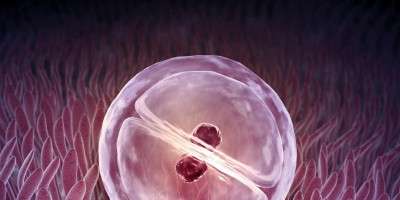In IVF treatments, ‘Platelet Rich Plasma’ can be abbreviated as PRP. The answer to the question of what PRP means is a plasma solution obtained from the patient's own blood and containing a high concentration of platelets. Platelets are rich in growth factors and other biological substances that stimulate the body's healing process. The main task of platelets, i.e. platelets, is to ensure clotting.
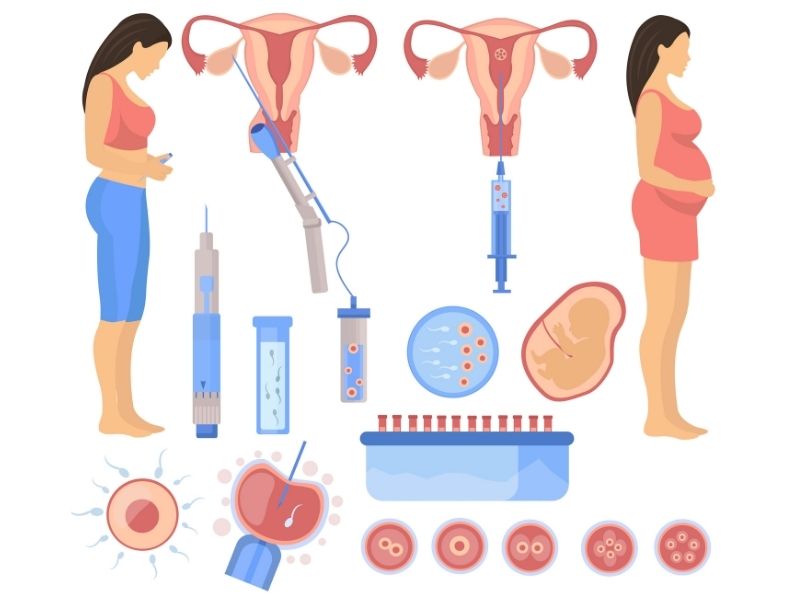
IVF PRP
What is IVF PRP?
In IVF treatment, PRP is usually administered into the uterus during ovulation induction or before embryo transfer. This procedure aims to improve the quality of the lining of the uterus (endometrium) and create a more favourable environment for the implantation of the embryo. The application of PRP can increase the thickness and blood supply of the endometrium, thus increasing the likelihood of embryo implantation.
The use of PRP in IVF treatment is a method that is thought to have the potential to increase treatment success. However, the effects may be different for each patient and it is important to discuss this in detail with your doctor before treatment.
How is IVF PRP performed?
During IVF treatment, PRP (Platelet Rich Plasma) can be applied to the ovaries and the uterus. The application of PRP to the ovaries is a method used to improve egg quality and improve the ovulation process. The procedure is performed before IVF treatment or immediately after egg collection.
Application of PRP to the ovaries
The steps followed for the application of PRP to the ovaries are as follows:
1.Blood Collection and Centrifugation: The patient's own blood is drawn and processed in a centrifuge. The centrifuge separates the blood into its components, allowing us to obtain PRP, a plasma solution containing platelets in high concentrations.
2.Application of PRP: The PRP obtained after centrifugation is injected directly into the ovaries through a PRP needle prepared under sterile conditions. This PRP needle is the needle used in egg collection. The PRP procedure is performed under sedoanalgesia (light anaesthesia) like the egg collection procedure. This procedure takes 10-15 minutes. It is a similar procedure to egg retrieval. Sometimes PRP can also be performed laparoscopically on the ovaries. However, our first preference is to apply PRP to the ovaries vaginally.
Recovery and Follow-up: After the application of PRP, the patient is allowed to rest and recover for a while. Ovulation process and egg development are monitored to evaluate the effectiveness of the procedure.
The application of PRP to the ovaries can increase the success of IVF treatment by improving egg quality and development. This method can be used especially in patients with reduced egg reserve or low quality eggs. The effect may be different for each patient and it is important to discuss with the doctor in detail before treatment.
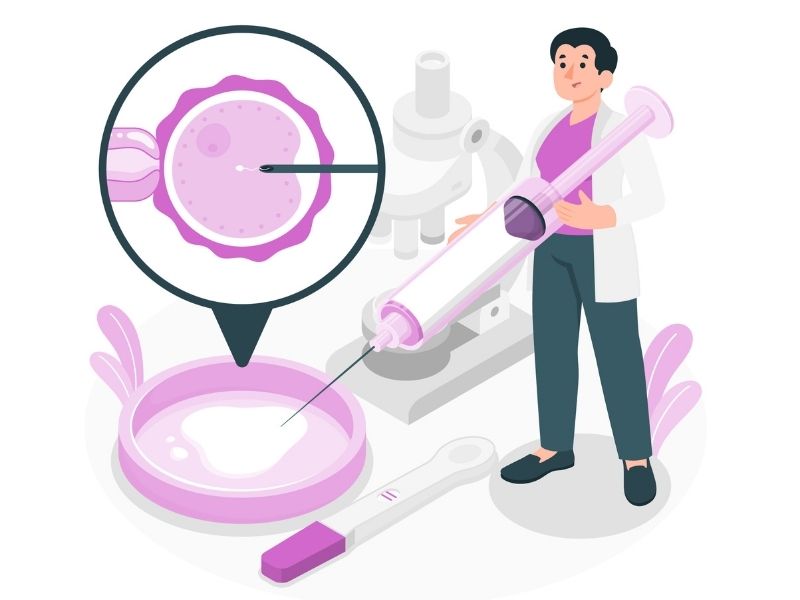
Application of PRP to the ovaries
Application of PRP in the Uterus
PRP can be administered into the uterus before embryo transfer. The procedure includes the following steps:
1.Blood Collection: The patient's own blood is used for the procedure. Firstly, a blood sample is taken from the patient. It is done with a small blood sample taken from the arm or elbow area.
2.Centrifugation of Blood: The blood sample is processed in a centrifuge device. Centrifugation separates the blood into its components, allowing us to obtain PRP, a plasma solution containing platelets in high concentrations.
3.Preparation of PRP: After centrifugation, a layer of plasma with a high concentration of platelets is obtained. This layer contains PRP and is used for the procedure.
4.Application of PRP: The PRP obtained is administered into the uterus (endometrium) through a syringe or catheter prepared under sterile conditions.
5.Recovery and Follow-up: After the application of PRP, the patient is allowed to rest and recover for a while. In order to evaluate the effectiveness of the treatment, the thickness and condition of the patient's uterine lining (endometrium) is monitored by ultrasound or other imaging techniques.
The purpose of PRP in IVF treatment is to improve the quality of the endometrium and create a more favourable environment for implantation of the embryo. The effect of PRP may be different for each patient and it is important to discuss this in detail with your doctor before treatment.
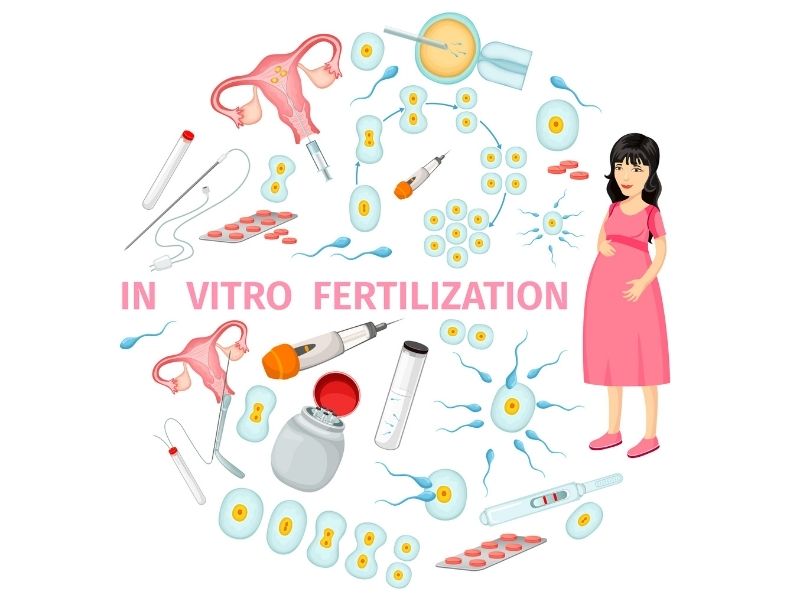
Application of PRP in the Uterus
Which tests are requested before PRP treatment?
Routine anaesthesia tests are requested if the expectant mother has no additional disease before PRP Treatment. These; HbsAg, AntiHCV, AntiHIV, PT, PTT, INR, Haemogram can be listed as.
To whom is IVF PRP treatment applied?
IVF success is directly proportional to the number of eggs collected. Therefore, treatments such as PRP, which are thought to increase the number and quality of eggs, give hope in IVF. Although it is not a definitive treatment, some studies have reported that there are pregnant women after PRP. PRP (Platelet Rich Plasma) during IVF treatment may be an option for certain conditions:
Low Egg Quality: In women with low egg quality or aged eggs, PRP application may be considered to improve egg development and quality. In IVF treatment, PRP application is performed by administering platelet-rich cells to the ovaries. And it is thought that PRP treatment to the eggs will increase the number of eggs.
Decreased Ovarian Reserve: In women with reduced ovarian reserve, the application of PRP to the ovaries can help produce healthier eggs. PRP can be applied to the ovaries together with the egg collection procedure. The aim of simultaneous IVF PRP is to increase the quality and number of eggs for the next IVF treatment.
Unsuccessful IVF Trials: In couples who have unsuccessful results from multiple IVF attempts, the use of PRP can increase the chance of success.
Ovarian Dysfunction: In cases where the ovaries are not working properly, PRP can be used. This can help stimulate natural egg development.
Recurrent Miscarriage: In women who have experienced recurrent miscarriage or are at risk of miscarriage, intrauterine administration of PRP may increase the chances of pregnancy.
Endometrial Thickness Problems (thickening problems in the uterus): In women with thickening of the uterus, intrauterine application of PRP can support the implantation of the embryo, because the chance of pregnancy is very low in embryo transfer to a thin uterus (endometrium).
It is important to consult an experienced IVF specialist to decide whether PRP is suitable for each patient and whether it is effective.

IVF Application After PRP
When should IVF be performed after PRP treatment?
Follow-up after PRP (Platelet Rich Plasma) treatment and transition to IVF treatment may vary depending on the special condition of the expectant mother. Ideally, it is ideal to consult the specialist who directs the treatment and act according to his/her recommendations. In general, the following points can be taken into consideration:
Follow-up after PRP Treatment: Regular follow-up after PRP treatment is very important. It is important to go to control visits at specified intervals to evaluate the effectiveness of the treatment and to monitor the response to treatment. Natural ways for pregnancy after PRP treatment can be tried for 2-3 months.
Transition to IVF Treatment: PRP treatment can be a transition to IVF treatment. The effects of PRP, especially on ovarian function and endometrial thickness, can last from a few weeks to several months. In accordance with your doctor's assessment and recommendations, when the effects of PRP treatment are fully manifested, a transition to IVF treatment can be made. In general, if pregnancy has not occurred naturally within 2-3 months after PRP treatment, IVF treatment is recommended.
Waiting for Pregnancy Naturally After IVF PRP: After PRP treatment, the chance of getting pregnant naturally can also be evaluated before switching to IVF treatment. In some cases, PRP treatment alone can support pregnancy. This should be determined by your treating physician.
In conclusion, the follow-up after PRP treatment and the transition to IVF treatment varies depending on the individual's specific situation. It is important to determine the most appropriate treatment plan, taking into account and co-operating with your doctor's recommendations. In this way, the treatment process can be managed effectively and successfully.
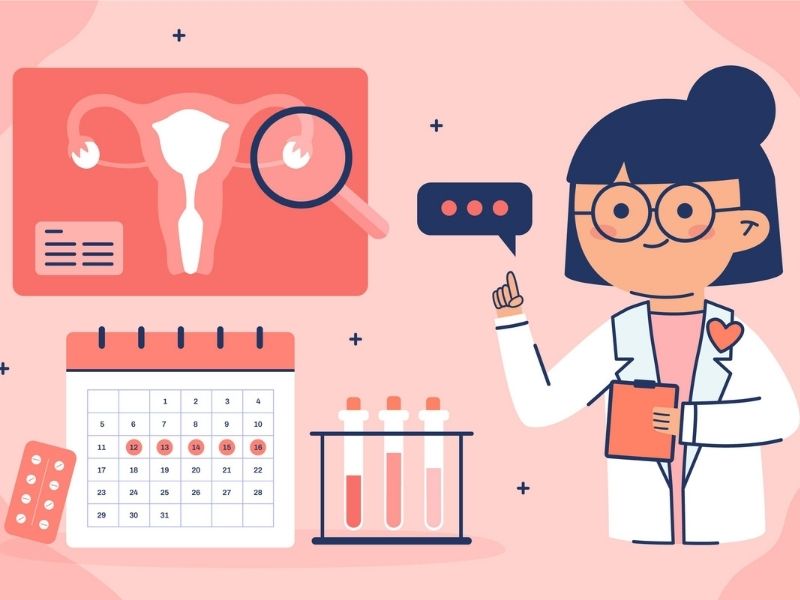
IVF After PRP
What should be considered after IVF PRP?
After IVF PRP treatment, it is important for patients to pay attention to certain points:
Follow the Doctor's Instructions: After PRP treatment, you should follow the instructions given by your doctor meticulously. These instructions may include rest period, medication, activity regulations and other treatment-related issues.
Regular Control Visits: You should have regular follow-up visits with your doctor to evaluate and monitor the effectiveness of the treatment. These visits are important to monitor the course of treatment and make adjustments as needed.
Nutrition and Lifestyle: Adopting a healthy lifestyle and eating a balanced diet can improve the effectiveness of treatment. It is also important to avoid harmful habits such as smoking and drinking alcohol.
Stress Management: Avoiding stress or applying methods to cope with stress can affect the success of treatment. You can benefit from stress-reducing techniques such as yoga and meditation.
Physical Activity: You should organise physical activities as recommended by your doctor. Avoid heavy exercise and do not start a new exercise programme without your doctor's approval.
Medicines and Supplements: You should use the medicines and supplements recommended by your doctor regularly. You should never use medication during treatment without consulting your doctor.
Monitoring Symptoms: You should share any side effects or problems that may occur during treatment with your doctor. You should also monitor and report certain symptoms (for example, excessive bleeding, fever, pain, etc.) to your doctor.
Sexual intercourse after PRP: In the same way as after IVF egg retrieval, sexual intercourse is not recommended for a certain period of time.
Carefully following the treatment plan after IVF PRP treatment can increase the chance of success and ensure a healthy pregnancy. Therefore, you should keep in regular contact with your doctor during the treatment process and contact him/her immediately if you have any questions or concerns. Although PRP is not a proven and definitive treatment, pregnancy after PRP has been reported.
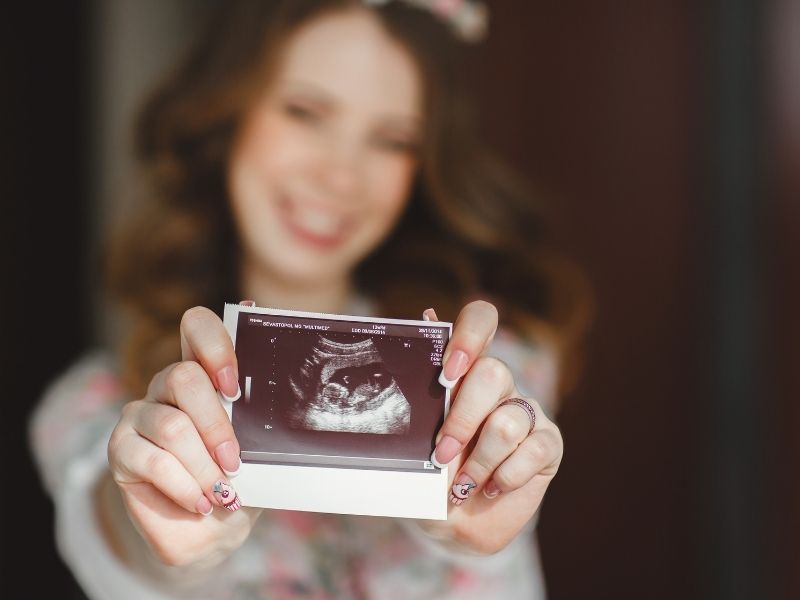
IVF PRP Prices
IVF PRP Istanbul Prices
IVF PRP treatment prices in 2024 may vary depending on a number of factors. These factors may include the quality of the kits used in PRP treatment, the experience and expertise of the doctor performing the treatment, the scope of services offered at the clinic, the quality of the technology and equipment used, the cost of the materials needed for the treatment, the individual patient's condition and the complexity of the treatment process.
Each clinic or centre may have its own pricing policies and prices are usually determined according to the treatment plan and the needs of the patient. Therefore, it is recommended to get detailed pricing information and a preliminary consultation directly from Assoc. Dr Çiğdem Yayla Abide IVF team. The clinic can help you with the cost of treatment, payment options and other important details.





